Beyond the Stars
A world-first health education program for the Pacific Islands.
- Pacific Islands
- 20schools
- 900+children
Non-communicable diseases or NCDs are a major problem in the Pacific Islands, linked to food insecurity and increased poverty while resulting in more than 70% of deaths across the region. We were given the opportunity to explore how storytelling and technology could be used to combat this complex issue. The result was Beyond the Stars, an innovative health education program bringing together educational curriculum, film, virtual reality, storytelling and interactive games. All with the goal of inspiring change in the attitudes and behaviours of children, families and communities across the Pacific Islands.
Understanding the situation
ContextTake a look at the statistics and it’s clear that non-communicable diseases (NCDs) like diabetes, obesity and heart disease are a huge problem. Often caused by preventable factors such as diet and physical activity, more than 36 million people worldwide die as a result of NCDs each year.
For many nations in the Pacific Islands, NCDs are rising at a rapid rate. Traditional diets based on local, fresh foods have been replaced by processed foods high in sugar, fat, and salt, leading not only to a rise in NCDs, but also a decrease in overall food security.
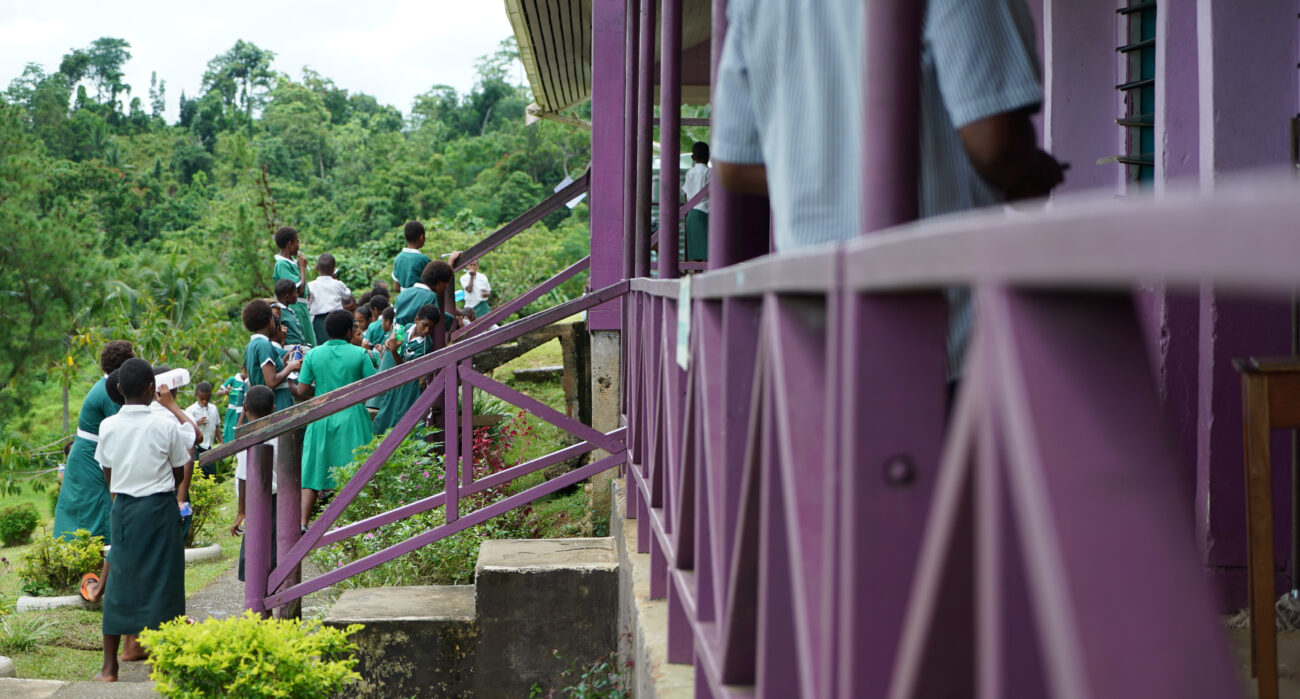
Collaboration across countries
ResearchWhen we were first given the opportunity to address the problem of NCDs and food security in the Pacific Islands, we were stunned by the statistics. But we knew that if we were going to make a real difference, we needed to understand more than numbers.
Over the last few years the team have spent the equivalent of twelve months on the ground across various countries in the Pacific Islands. This has allowed us to work not only with international development organisations such as SPC and local experts in nutrition and health, but also with school teachers and children to better understand the problem and how best to address it.
Widespread recognition + support
Continuing supportBeyond the Stars has continued to gain widespread recognition and support, highlighting its importance and effectiveness in addressing NCDs and promoting healthy eating habits in the Pacific Islands. In 2018 the Fijian Government ratified a Cabinet paper endorsing the program, and Beyond the Stars has since been showcased around the world and supported by high level advocates across the Pacific Islands.
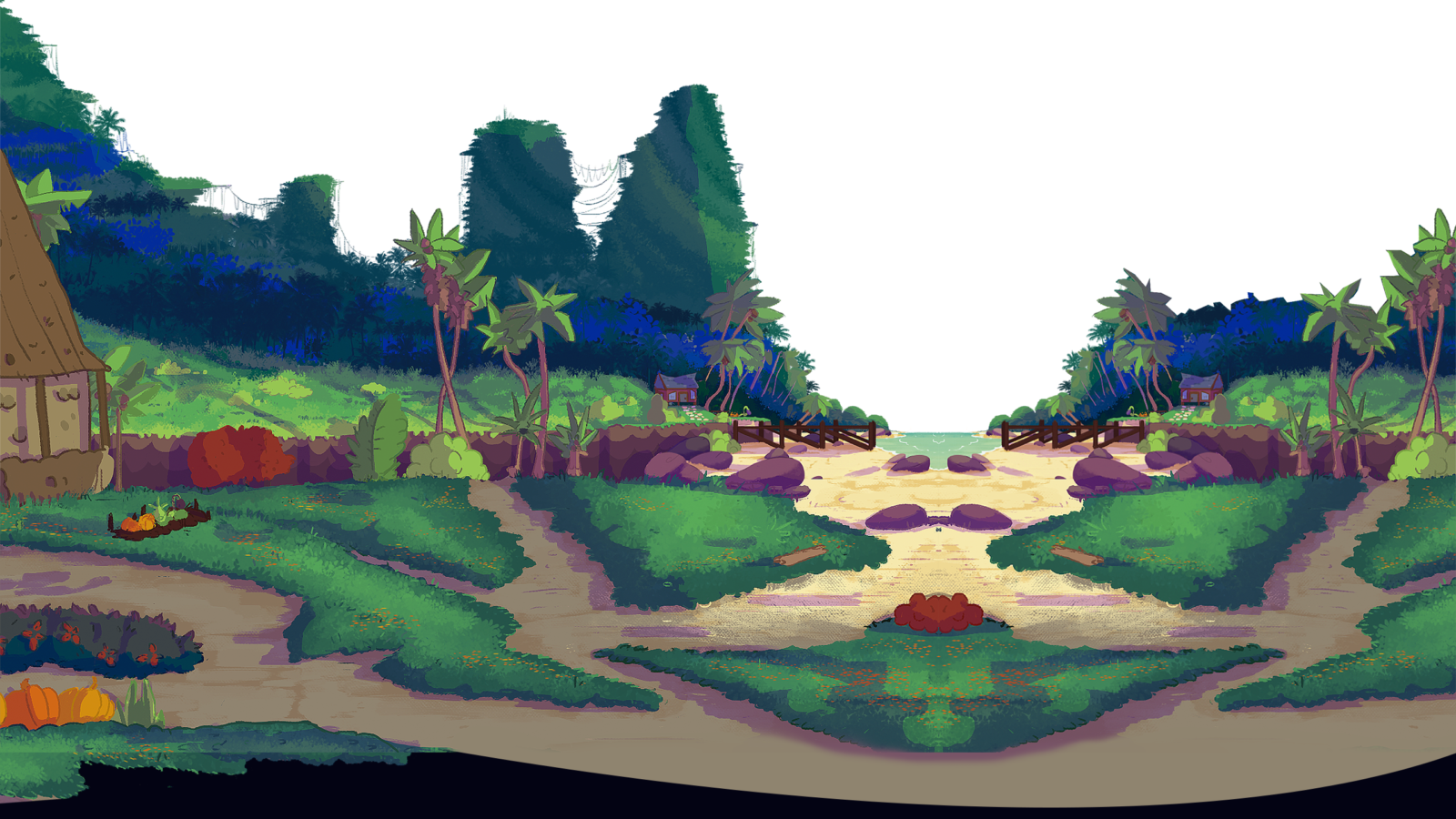
Designing for real change
ProgramAn important part of co-designing Beyond the Stars with our partners and Australia’s Department of Foreign Affairs and Trade (DFAT), was planning for how our educational methodology might foster actual behaviour change. This meant working with monitoring and evaluation (M&E) experts, ClearHorizon, to develop a Theory of Change to provide a robust evaluation framework.
This phase involved defining the three main goals of the Beyond the Stars program. Achieving these goals would not only demonstrate the potential impact of our approach to NCDs, but also give us invaluable insights into how this kind of creative technology program could benefit other countries and aid organisations operating in the region.
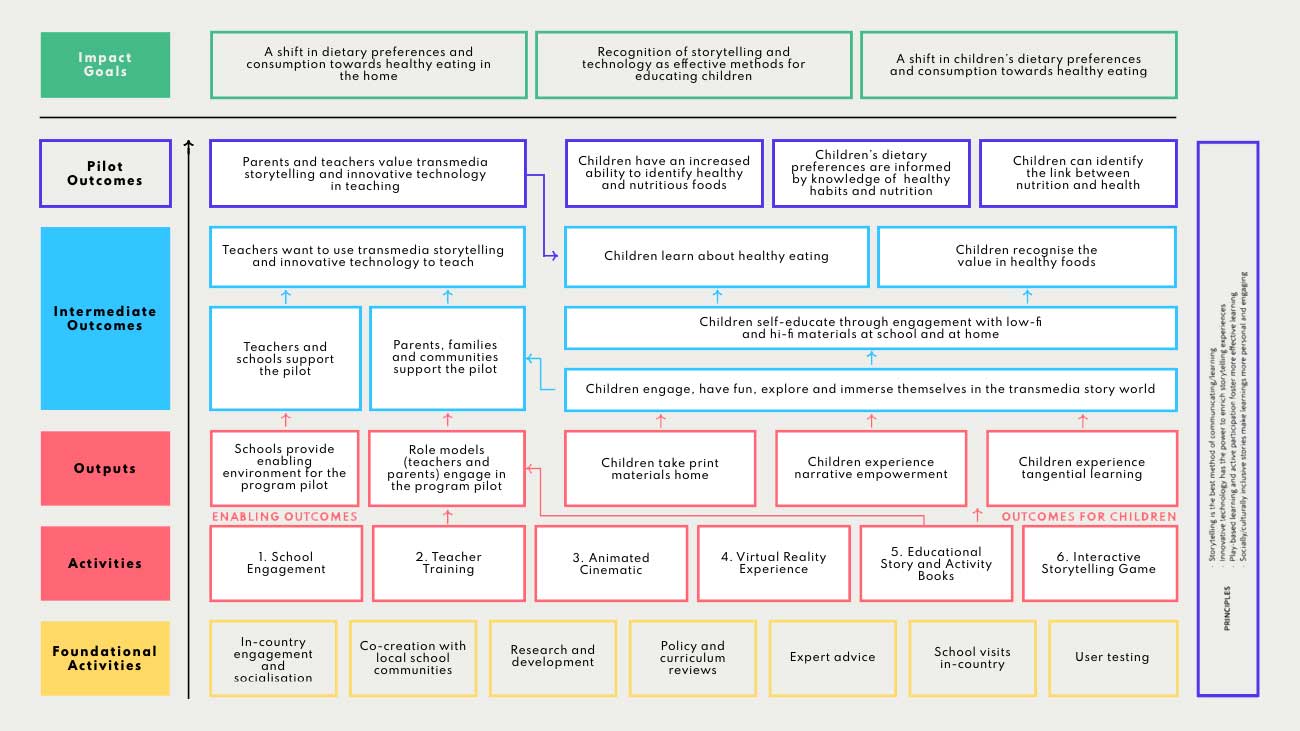
Discover the story world
Animated FilmBeyond the Stars begins with an animated film voiced by Lenora Qereqeretabua, designed to give our program participants a sense of purpose. Shown at the beginning of the education program, the film introduces a mythical story world. With bright, energetic visuals that extend Pacific Islands traditions of oral storytelling, the film frames broader ideas about health and nutrition within a magical, fantasy world that appeals to children.
Within this world, participants learn about how their ancestors lived in harmony with magical guardians who knew the secrets of the land. As the story unfolds, they also learn that over time, those secrets have been lost and both the land and the people have become sick. But hope is not lost – the story tells of a brave young hero who will one day rediscover the guardians’ secrets and bring health and happiness back to the land.
Become a hero through virtual reality
Virtual RealityParticipants are then invited to explore the magical world of Beyond the Stars through a virtual reality (VR) experience. Here they are challenged to become the hero of their own story. This choice, to accept their fate and take control of the narrative, marks the beginning of their personal journey – symbolic of the real-world fight against NCDs, food insecurity and climate change.
The virtual reality experience gives participants a vital experience of immersion and agency which in turn helps foster an emotional connection with the story, heightening their engagement and learning through the rest of the program.
Explore education through story
StorybookAt the end of their virtual reality experience, participants are presented with their own copy of the Beyond the Stars storybook. Appearing in both the virtual and real worlds, the storybook provides physicality to the fantasy world and helps participants realise that what they learn in the fictional world could also affect their own lives.
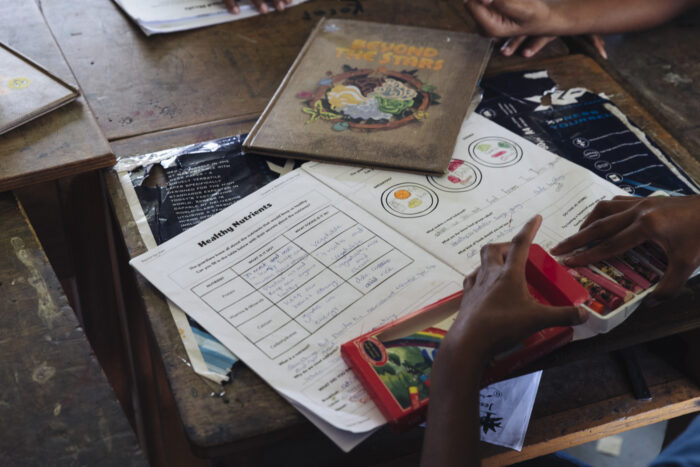
Throughout the storybook, participants are invited to explore different aspects of the universe as they learn about healthy eating, food systems, physical education and the environment. Supported by example lesson plans, the Beyond the Stars storybook combines existing curriculum, national policies and global recommendations into a vibrant learning resource that is both easy and fun to use in the classroom.

Learn through interactive play
Interactive GameThe final piece of the Beyond the Stars education program is the mobile game. Played on mobile devices and tablets, the interactive game uses tangential learning to provide a fun, child-driven approach to education. This approach helps encourage children to actively participate in a more personal and effective learning process.
Throughout the interactive game, participants must work to keep their village healthy while travelling to other islands to find out what is making them sick. These new islands feature mini games that allow participants to explore educational content from different perspectives in a practical yet safe environment, reinforcing learning through play.
Bringing it all together
Pilot ProgramWith each element of the program completed, it was time to test. To do that, we launched a pilot program with 12 teachers and 300+ children in 9 primary schools across urban, rural and remote areas of Fiji. Supported by extensive teacher training, the pilot saw teachers and children use the full Beyond the Stars creative technology program for five weeks.
The pilot was backed by a comprehensive measurement and evaluation process that included child surveys, interviews with parents and teachers, data collected through the interactive game, and reflection reviews from the internal team. Having this wide array of different datasets gave us the ability to gather qualitative and quantitative results.
Promising results for a bright future
ResultsAt the end of the pilot, the evaluation revealed some promising results – which would eventually lead to further expansion of the program. Looking at the quantitative child surveys, we found that participants were not only more able to identify between healthy and unhealthy foods, they were also significantly more likely to want to eat healthy foods.
From qualitative interviews, we discovered that participants had experienced a shift in their attitudes towards healthy foods as well as their eating behaviour, with teachers reporting a noticeable change in what children were bringing and eating at school. We later found that the Beyond the Stars program had also inspired parents to rethink the kinds of foods they were eating at home.
Finally, our approach of using storytelling and technology to enhance learning outcomes was found to be a promising new way of teaching and inspiring new habits. Indeed, many teachers reported that Beyond the Stars was not only more effective than their usual teaching methods, but that their school was already using its approach in other subjects and year groups.
A vision for the future
ExpansionFollowing the Fijian pilot, Beyond the Stars partnered with SPC to expand the program for use across French Polynesia. This included translating the entire program into French, as well as creating additional educational content across the storybook and interactive game. The program is now being used in all 11 primary schools across Wallis and Futuna, with materials also made available to teachers in New Caledonia through the Department of Education.
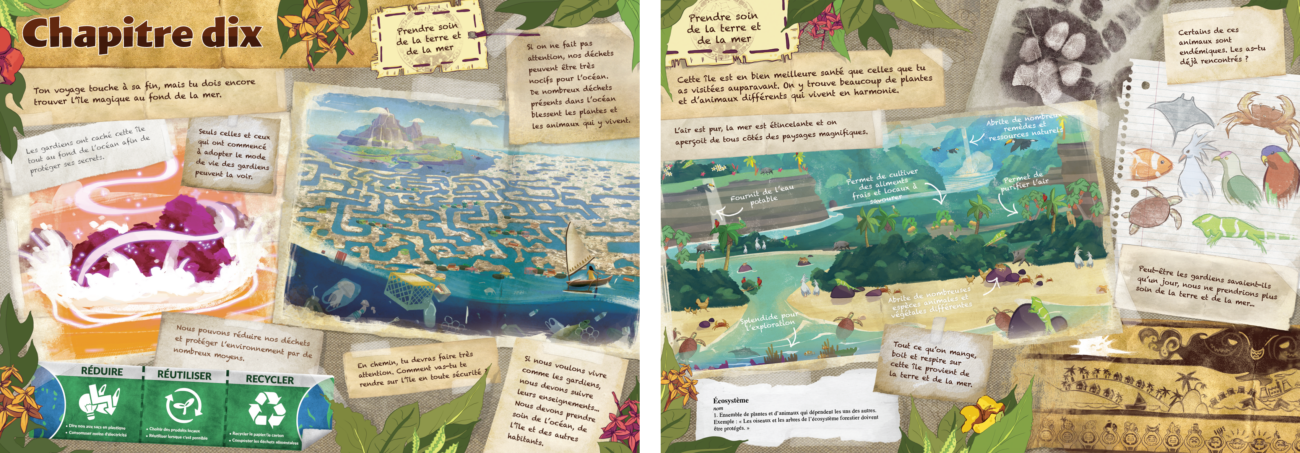

Stay in the loop
Subscribe to our newsletter to receive updates and insights about Beyond the Stars and other S1T2 projects.







































